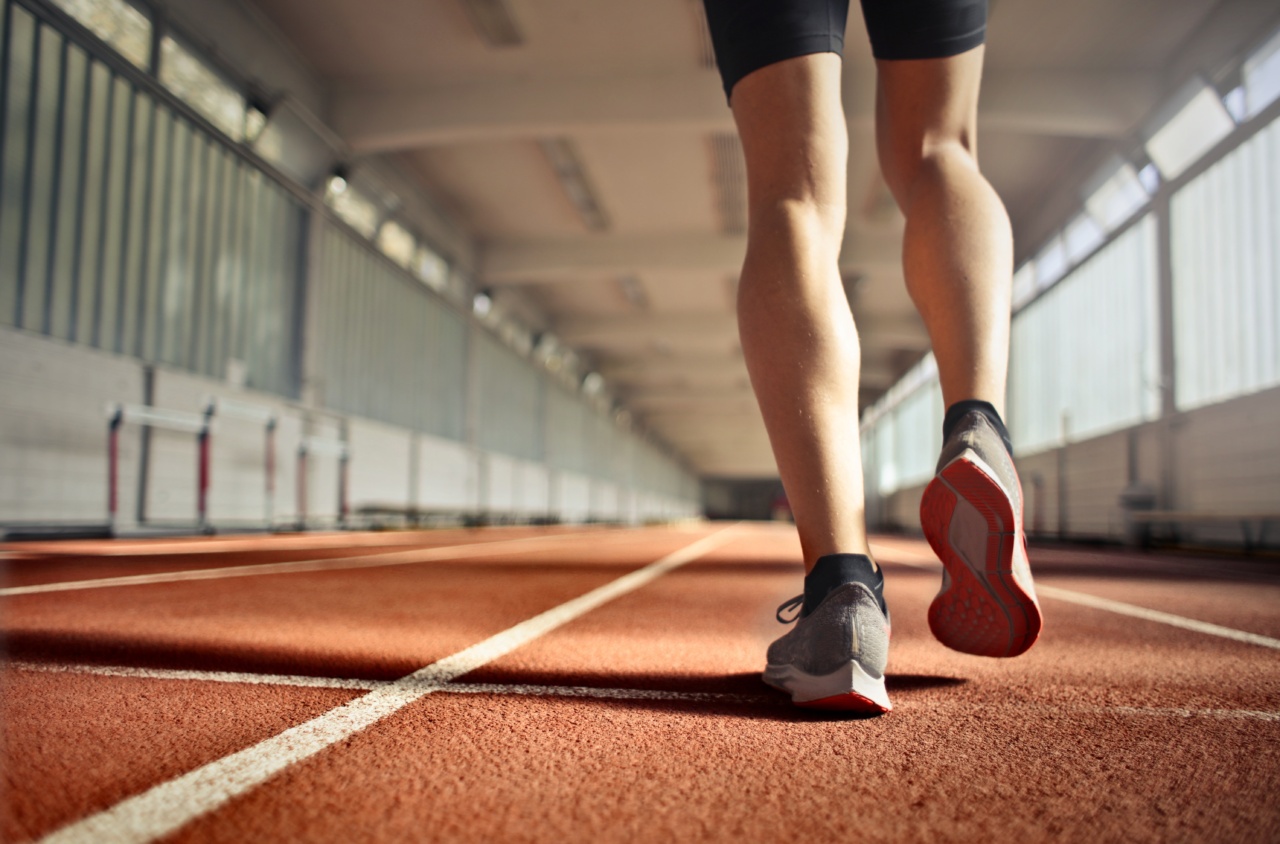Depression is a serious mental health disorder that can affect anyone regardless of age, gender, or background.
While there are medications and therapy options available to manage depression, physical activity is also a powerful tool in managing depression symptoms. In this article, we will explore the benefits of physical activity in managing depression symptoms, types of physical activity, and tips for incorporating physical activity into your daily routine to help manage depression.
Benefits of Physical Activity in Managing Depression Symptoms
Regular physical activity has been shown to have a positive impact on both physical and mental health. When it comes to depression, physical activity can lead to the following benefits:.
1. Releases endorphins
Physical activity releases endorphins, which are chemicals in the brain that act as natural painkillers and mood elevators. These chemicals can help reduce symptoms of depression and improve overall mood.
2. Reduces inflammation
Depression is linked to inflammation in the body. Physical activity can help reduce inflammation in the body, which can lead to a reduction in depression symptoms.
3. Improves sleep
Depression can cause sleep disturbances, and lack of sleep can worsen depression symptoms. Physical activity can help improve sleep quality, which can lead to an improvement in depression symptoms.
4. Increases self-esteem
Depression can cause low self-esteem, and physical activity can help increase self-esteem by providing a sense of accomplishment and improving body image.
5. Social interaction
Physical activity can also provide opportunities for social interaction, which can help reduce feelings of isolation and improve overall mood.
Types of Physical Activity
There are many different types of physical activity that can be beneficial in managing depression symptoms. Here are a few examples:.
1. Aerobic exercise
Aerobic exercise, such as running or cycling, can be particularly beneficial in managing depression symptoms. This type of exercise releases endorphins and improves cardiovascular health.
2. Strength training
Strength training, also known as resistance training, involves using weights or other forms of resistance to build muscle. This type of exercise can improve physical strength and body composition, which can improve self-esteem.
3. Yoga
Yoga is a type of physical activity that combines movement with mindfulness. Studies have shown that yoga can improve mood, reduce anxiety, and improve sleep quality.
Tips for Incorporating Physical Activity into Your Daily Routine
If you are struggling with depression, starting a new exercise routine may feel overwhelming. Here are some tips for incorporating physical activity into your daily routine:.
1. Start small
Start with small amounts of physical activity and gradually increase your activity level over time. For example, start with a 10-minute walk and gradually increase the duration of your walks.
2. Find an activity you enjoy
Choose a type of physical activity that you enjoy. This will make it more likely that you will stick with the activity and enjoy the benefits.
3. Make it a habit
Try to make physical activity a part of your daily routine. Schedule your activity at the same time each day to help make it a habit.
4. Get support
Get support from friends or family members to help you stay motivated and accountable.
In conclusion
Physical activity can be a powerful tool in managing depression symptoms. Regular physical activity can lead to improvements in mood, sleep quality, self-esteem, and overall physical health.
There are many types of physical activity to choose from, and incorporating physical activity into your daily routine can help make it a habit. If you are struggling with depression, talk to your healthcare provider about incorporating physical activity into your treatment plan.































